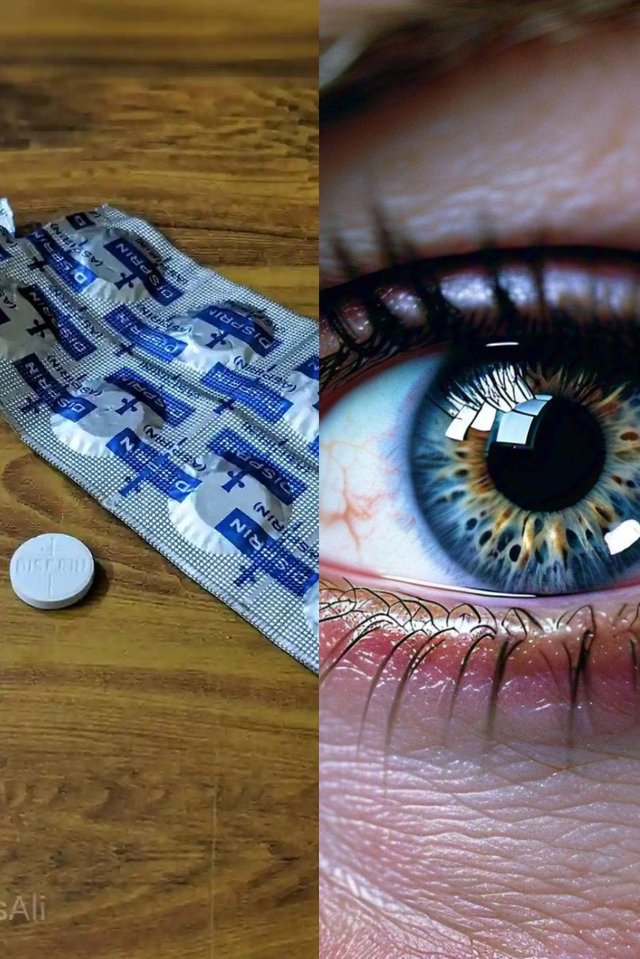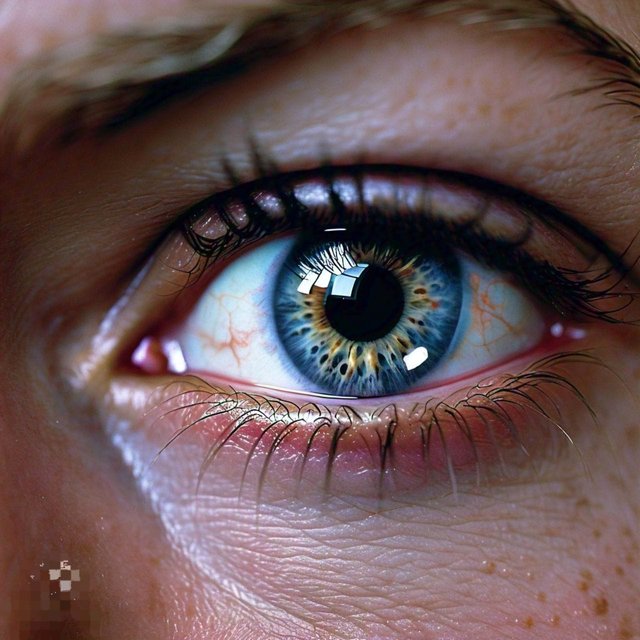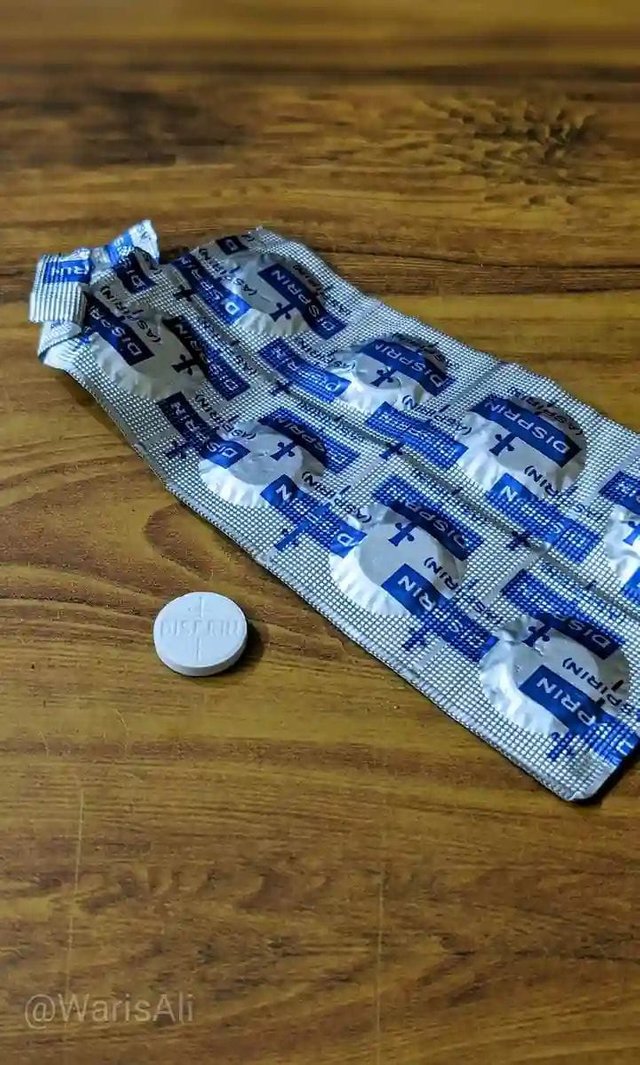 )
)
Assalamu Alaikum, how are you? I hope you are all well. May Allah keep you safe and sound.So let's go to today's topic. Our topic is human eyes.

The Human Eye: Some Interesting Facts* A human eye consists of 576 megapixels, while cameras that cost millions of rupees have up to 120 megapixels. Just as you focus the eye of a camera on an object before taking a picture, in the same way a human eye has to focus on seeing an object clearly and the human eye can fix its focus in two milliseconds.Every human thumb has 40 different features that differentiate it from others, while every human eye has 256 different features. We see the whole world with the help of two different cells in our two eyes. The names of these cells are rod cells and cone cells. The number of rod cells in our eye is 13 million while the number of cone cells is 70 million. When newborn babies cry, tears do not come out of their eyes until four to thirteen weeks after birth.Just as rod cells help us see in the dark, cone cells help us distinguish between colors.People with large round eyes have difficulty seeing far away and often have poor distance vision, while people with small eyes usually have poor near vision and nearsightedness. Difficulty seeing things.
Humans blink their eyes about twelve times a minute.

Then let me tell you about the despirin pill we take.At the moment I have normal disparin tablets in front of me. There are two aspects to looking at this bullet; The first is "what will this pill do in the body" and the second is "what will the body do with this pill".The first thing we look at is the "pharmacodynamics" of the drug. That is, with which part of the body or say with which cell or which enzyme etc. will this drug bind, and what effect will it produce after binding, and how will we get our respective result from the effect produced by it. As this disparin binds with a special enzyme "cyclooxygenase" and stops its function. The function of this enzyme is to make chemicals called prostaglandins. These prostaglandins cause pain and fever etc. Thus, disparin is effective against pain and fever etc.Different drugs have different modes of action, but there are certain factors that are taken into account for the drug's action or pharmacodynamics. Like what receptors it binds to if it binds on the cells, binds to the receptors it acts as an agonist or antagonist. And how much potency and efficacy is required for the relevant result. Also, how much is its therapeutic index, i.e. how much does it become toxic? All these things we see in the pharmacodynamics of medicine. So in pharmacodynamics we look at the effect of a particular type of drug in a particular amount on a particular body part/system, i.e. in simple words what the drug is doing to our body. Whereas in pharmokinetics we look at what the body does with the drug. Most drugs (with a few exceptions) are absorbed into the blood. Whether you give a drug directly into a blood vessel (IV) or by injecting it into the skin or muscle, or through the digestive system through food or drink, or some other less common method. Then along with the blood, the drug spreads throughout the body and circulating with the blood, the drug reaches the liver where it is biotransformed. In which the major role is the liver and in addition to it to some extent the kidneys, digestive system etc. are also involved.In the process, with the help of enzymes, the chemical structure of the drug is changed in such a way that it becomes easier to remove it from the body. But we also give some medicines in inactive form, which become real active form only after biotransformation. Medicines that are ingested and delivered to the digestive system reach the liver before being absorbed into the rest of the blood, and usually a large proportion of them undergo hepatic biotransformation before being distributed throughout the body. (first pass effect) After this biotransformation, the drug is eliminated from the body. In which the most important role is played by the kidneys, which excrete the drug through the urine. In addition, the liver also sends some drugs to the stool. Meanwhile, we can also see the half-life of the drug, that is, the specific time during which half of the drug in the body is eliminated. We can also look at the bioavailability of the drug, i.e. how much of the drug we have ingested or otherwise absorbed into the body and what percentage of that amount reaches our blood or the target of the drug. So in pharmokinetics we see absorption, distribution, biotransformation, elimination, clearance etc. of the drug. As most of the absorption of disprin occurs in the upper part of our small intestine, after its biotransformation in the liver, it turns into salicylic acid, and this salicylic acid is excreted in the urine through the kidneys. The half-life of disparin is only 15 to 20 minutes, but salicylic acid has a half-life of one to two hours. So how much, how long and in what form a drug will remain in the body has a profound effect on the functioning of this drug, therefore, pharmokinetics and pharmacodynamics are related to each other.By the way, this article may have passed over the head of many of you, I did not have any special purpose to write it, I just started talking about the disparin leaf lying on the table in front of me.
@ All the pictures are capture by me
@ Allah Hafiz